
School fab Lab Partners
The Fab Foundation was formed February 9, 2009 to facilitate and support the growth of the international fab lab network through the development of regional Fab Foundations and organizations. The Fab Foundation is a US non-profit 501(c) 3 organization that emerged from MIT’s Center for Bits & Atoms Fab Lab Program. The mission of the Fab Foundation is to provide access to the tools, the knowledge and the financial means to educate, innovate and invent using technology and digital fabrication to allow anyone to make (almost) anything, creating opportunities to improve lives and livelihoods around the world. Community organizations, educational institutions and non-profit concerns are their primary beneficiaries.
MIT’s Center for Bits and Atoms is an interdisciplinary initiative exploring the boundary between computer science and physical science. CBA studies how to turn data into things, and things into data. It manages facilities, runs research programs, supervises students, works with sponsors, creates startups, and does public outreach.


The Fab Academy provides instruction and supervises investigation of the mechanisms, applications, and implications of digital fabrication. Fab Academy is where many new fab lab managers, gurus and teachers get their training in digital fabrication.
Founded in 1831, New York University is now one of the largest private universities in the United States. Of the more than 3,000 colleges and universities in America, New York University is one of only 60 member institutions of the distinguished Association of American Universities. From a student body of 158 during NYU’s very first semester, enrollment has grown to more than 50,000 students at three degree-granting campuses in New York City, Abu Dhabi, and Shanghai, and at study away sites in Africa, Asia, Australia, Europe, North and South America. Today, students come from every state in the union and from 133 foreign countries.
Yoav Bergner, a learning scientist at NYU’s Steinhardt School of Culture, Education and Human Development, is researching how assessment can support learning in educational Fab Labs and Makerspaces and partnering with Fab Lab Connect. He works with instructional staff at schools like Saint Joseph’s to develop frameworks around the kinds of learning and growth that the schools themselves value. This means being attentive not only to technical knowledge and skill development, but to student growth in the areas of collaboration, communication, persistence, and self-directed learning. Bergner uses an evidence-centered design approach in working with the schools, starting by asking the instructors to articulate the claims that they want to be able to make about the students and working backwards to identify the right evidence and opportunities to observe them. These can come from a variety of sources, including interviews, presentations, portfolios, and peer- and self-assessments. Indeed, once they know what it is they are looking for, teachers and peers can amplify their impact with the aid of computer-based and mobile technology. The efficiency gained translates into more feedback for the learners themselves and more robust claims about the value of these innovative spaces.
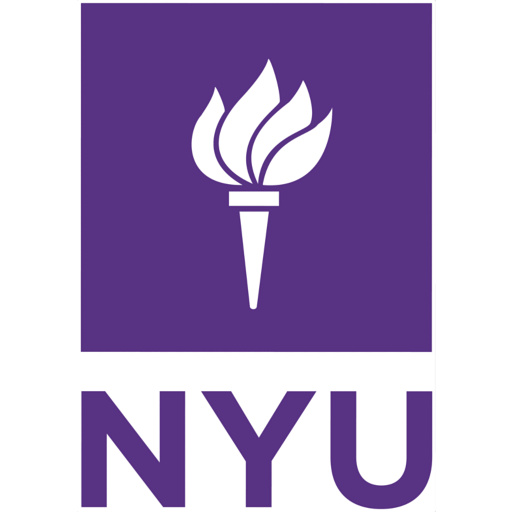
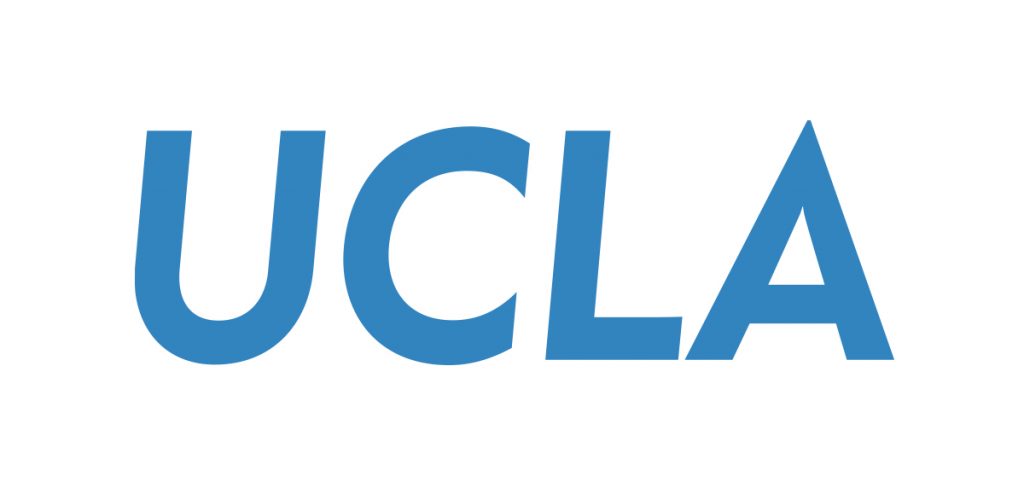
UCLA’s primary purpose as a public research university is the creation, dissemination, preservation and application of knowledge for the betterment of our global society. To fulfill this mission, UCLA is committed to academic freedom in its fullest terms: We value open access to information, free and lively debate conducted with mutual respect for individuals, and freedom from intolerance. In all of our pursuits, we strive at once for excellence and diversity, recognizing that openness and inclusion produce true quality. These values underlie our three institutional responsibilities.
The Media Lab came into being in 1980 through the efforts of Professor Nicholas Negroponte and former MIT President and Science Advisor to President John F. Kennedy, Jerome Wiesner. The Lab grew out of the work of MIT’s Architecture Machine Group, and remains within MIT’s School of Architecture + Planning.
The Media Lab opened the doors to its I.M. Pei-designed Wiesner Building in 1985, and in its first decade was at the vanguard of the technology that enabled the digital revolution and enhanced human expression: innovative research ranging from cognition and learning, to electronic music, to holography. In its second decade, the Lab literally took computing out of the box, embedding the bits of the digital realm with the atoms of our physical world. This led to expanded research in wearable computing, wireless “viral” communications, machines with common sense, new forms of artistic expression, and innovative approaches to how children learn.
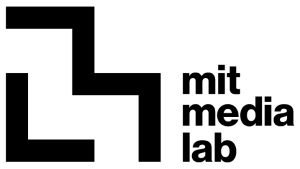
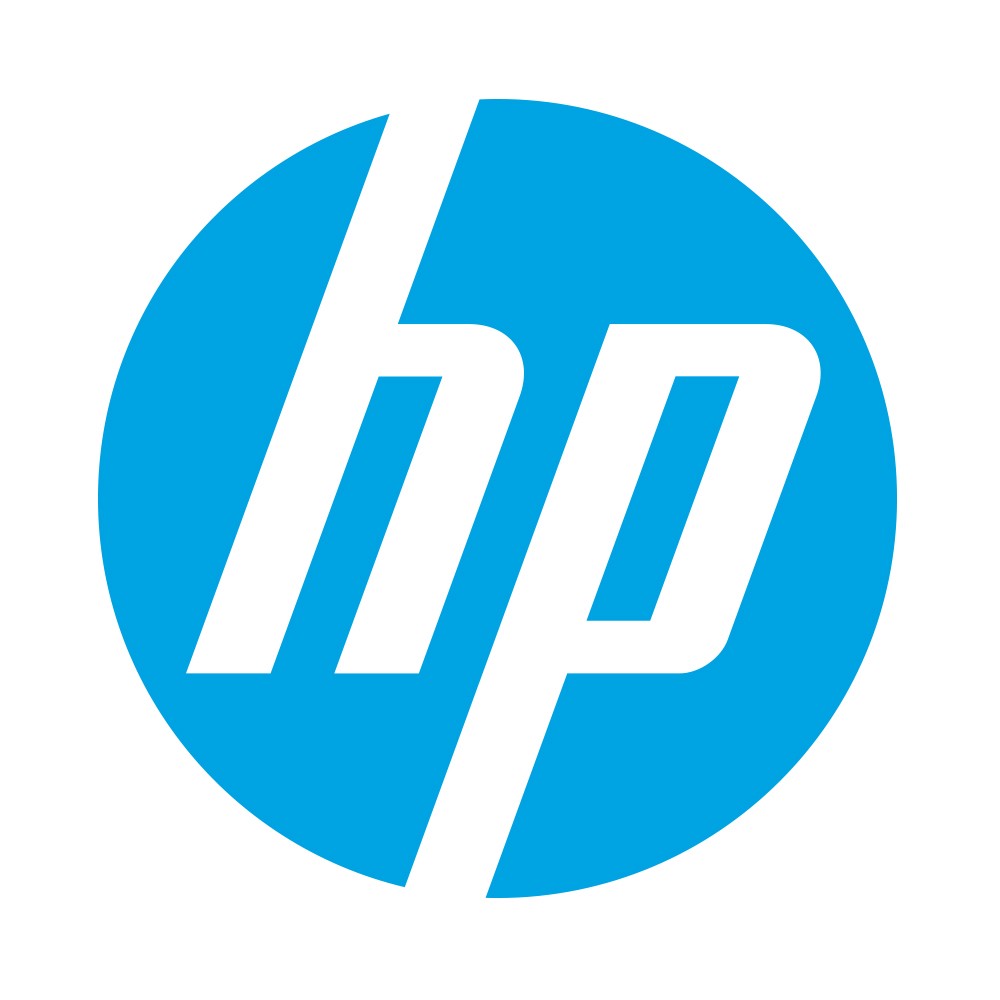
Our vision is to create technology that makes life better for everyone, everywhere — every person, every organization, and every community around the globe. This motivates us — inspires us — to do what we do. To make what we make. To invent, and to reinvent. To engineer experiences that amaze. We won’t stop pushing ahead, because you won’t stop pushing ahead. You’re reinventing how you work. How you play. How you live. With our technology, you’ll reinvent your world.
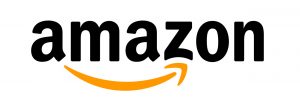

Organizing the world’s information and making it universally accessible and useful.
Apple designs Macs, the best personal computers in the world, along with OS X, iLife, iWork and professional software. Apple leads the digital music revolution with its iPods and iTunes online store. Apple has reinvented the mobile phone with its revolutionary iPhone and App store, and is defining the future of mobile media and computing devices with iPad.
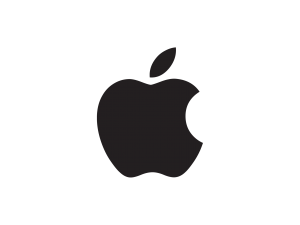
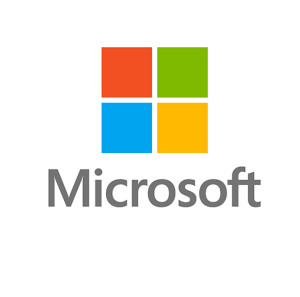
At Microsoft, our mission is to enable people and businesses throughout the world to realize their full potential. We consider our mission statement a commitment to our customers. We deliver on that commitment by striving to create technology that is accessible to everyone—of all ages and abilities. Microsoft is one of the industry leaders in accessibility innovation and in building products that are safer and easier to use.
